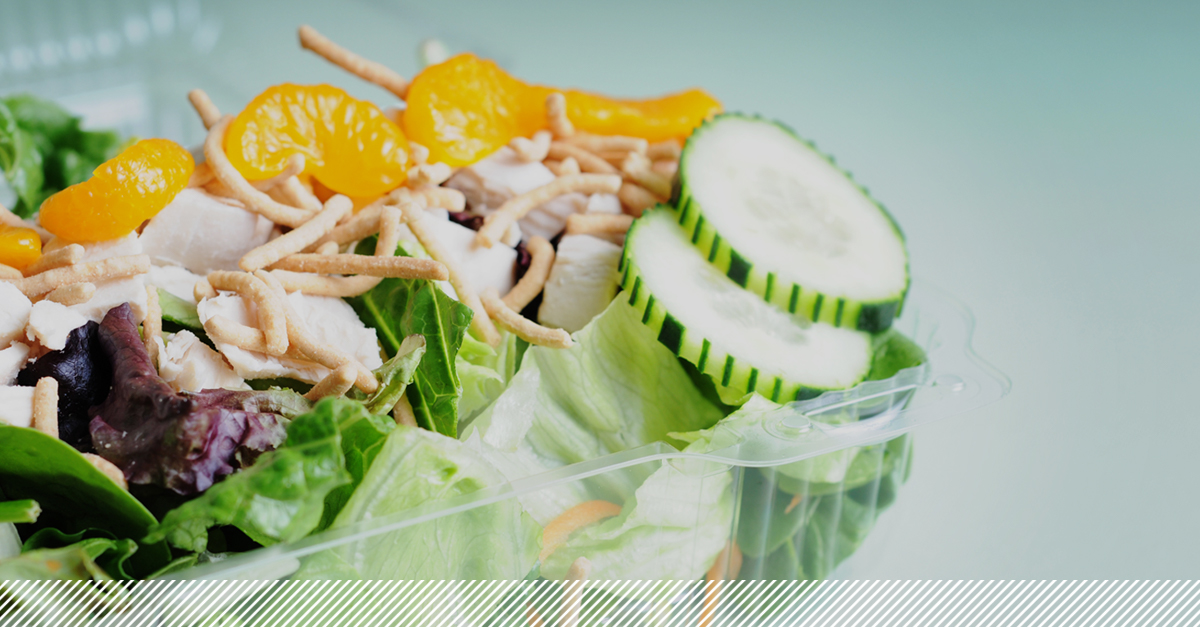Food Waste Intelligence
Subscribe to Food Waste Intelligence
Get our latest posts delivered right to your inbox.
A low-waste grab-and-go program

Whether you’ve already got an active grab-and-go program or are instituting or expanding a program, there are best practices to follow to ensure it’s as waste-free as possible.
The good news is that food waste is easier to control in grab-and-go than some other service models, like buffets, because portioning is so precise. But there is still opportunity for waste to occur. Here’s how to avoid it.
Offer a small menu
Customer expectations for grab-and-go service is in your favor on this one. They don’t expect your full menu will be available here. Shrink your menu with two primary guides in mind: offer your most popular items that will store well, and offer items with ingredients that can be cross-utilized. Don’t buy ingredients that support only one dish if you can help it. Doing these things better ensures you won’t have leftovers, and that your inventory is used efficiently.
Watch purchase and production levels
As best you can, purchase in smaller quantities more frequently and prep in smaller quantities more frequently. These are general food waste best practices that are just as applicable to grab-and-go. Purchasing in smaller quantities keeps inventory fresher, reducing the chance for waste due to spoilage. Prepping in smaller batches allows for greater control and alignment with demand. One grab-and-go operation we work with moved away from doing one large prep for lunch each morning to doing two smaller preps, one in the morning and one during service. This adjustment allowed them to meet their customers' needs, and to avoid waste at the end of the day from a morning prep: anything leftover from the service-time prep could be safely resold within a 24-hour window. So leftovers could be offered first thing the next day.
Sign up for our monthly newsletter for the latest in
food waste prevention initiatives, whitepapers, webinars and more.